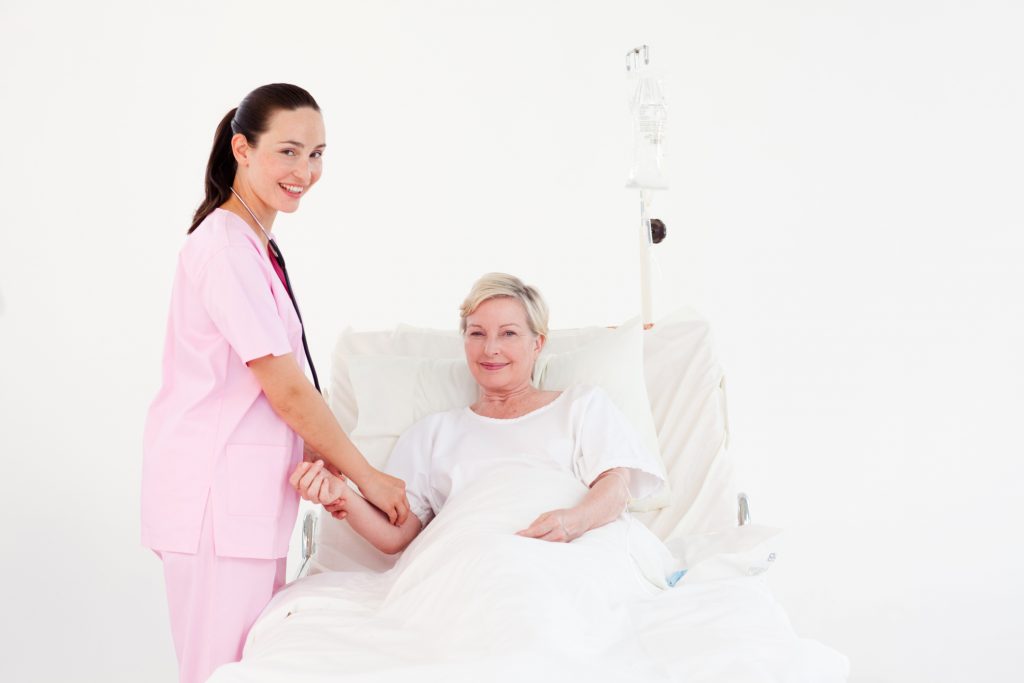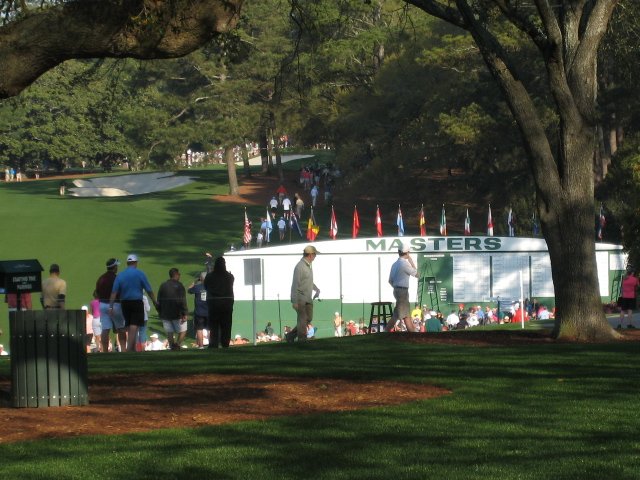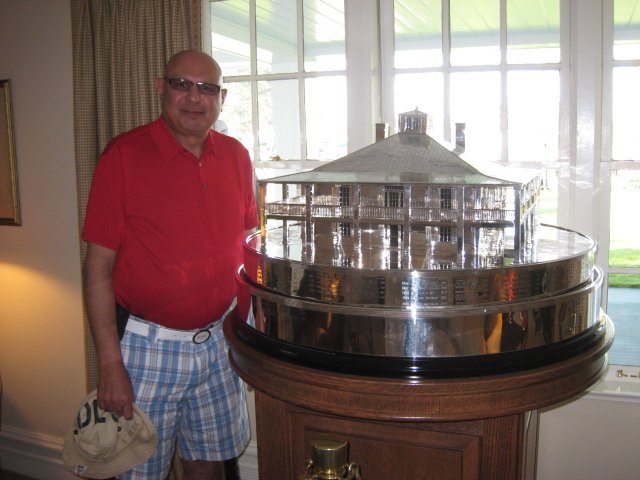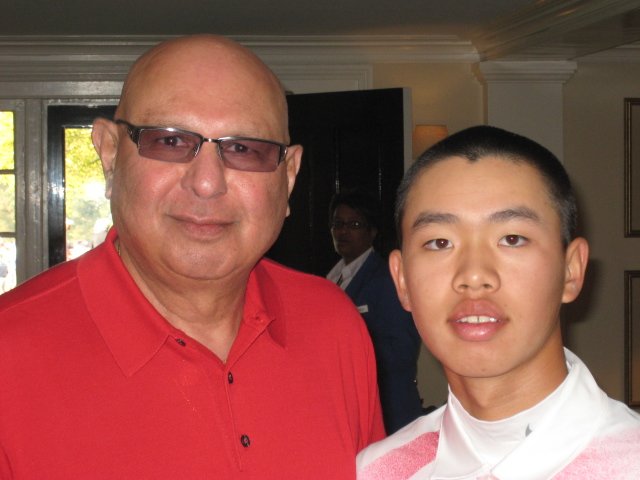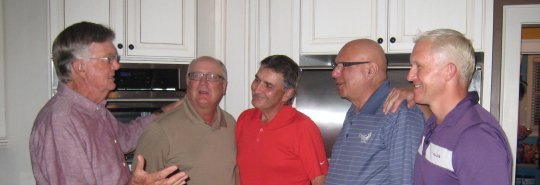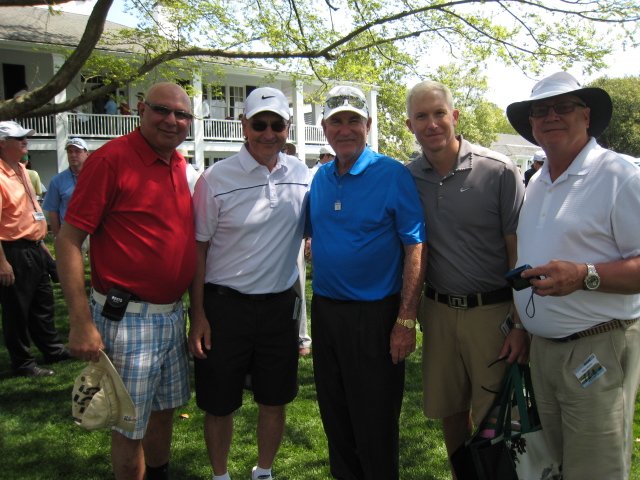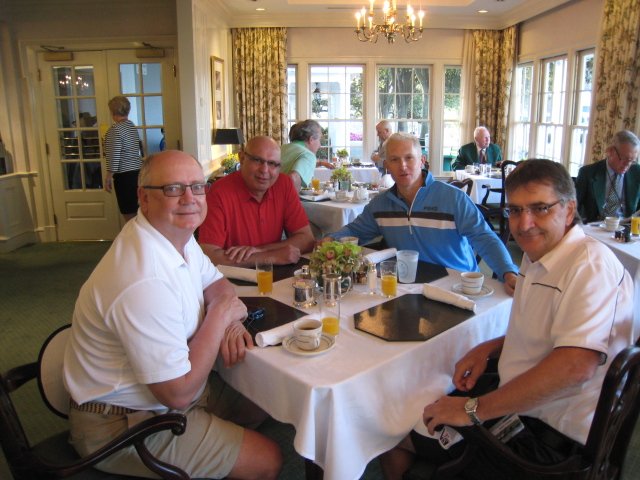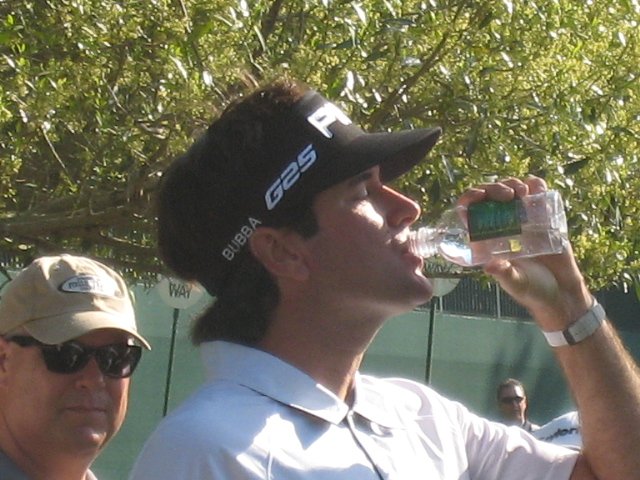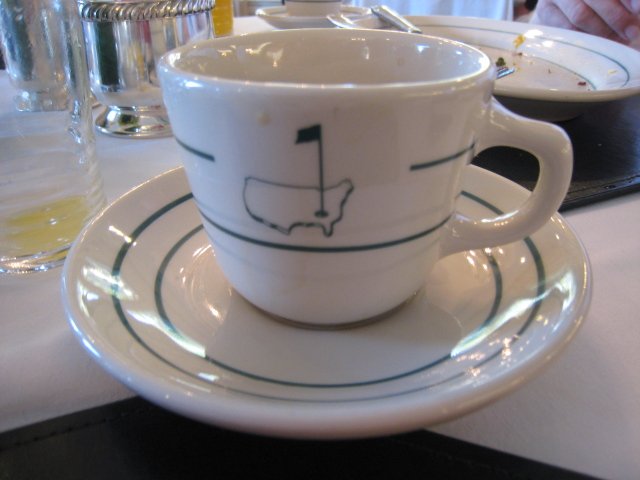As we advance in age, our body’s capacity to maintain balance diminishes. Our vision and hearing gets compromised. Our health deteriorates. Our joints and muscles do not function as well as they should. Eventually, we become vulnerable. Our safety is threatened.
This week is seniors week to highlight the problem of falls and how to prevent them.
Falls are common among people aged 70 and over. According to statistics in the British Medical Journal Study Module on this subject, 30 per cent of seniors fall each year and 20 per cent experience recurrent falls, with the risk of falling increasing with age. Half of those who fall sustain minor injury and 20-30 per cent result in serious injury. One third of patients who fall need medical attention. The cost of morbidity and mortality is high.
For example, winter is a bad time for people of any age to slip on ice and fall. The risk for seniors is higher than other age groups. Whatever the weather, seniors can fall indoors or outdoors. There are various predisposing factors that make certain seniors more prone to falls than others. So the first thing is to identify people at risk of falling. The caregivers should use the national guidelines to guide the assessment and management of people at risk of falling.
Second important thing is to encourage older people, no matter how frail, to engage in balance and strength exercises. They should be encouraged to join group exercise programs in their nursing homes or in their community if they live independently. Studies have shown this is beneficial.
Thirdly, physicians and other caregivers should identify medications that increase the risk of falls. According to American Family Physicians (Am Fam Physician. 2000 Apr 1;61(7):2173-2174), the side effects of some medicines can upset your balance and make you fall. Medicines for depression, sleep problems and high blood pressure often cause falls. Some medicines for diabetes and heart conditions can also make you unsteady on your feet. You may be more likely to fall if you are taking four or more medicines. You are also likely to fall if you have changed your medicine within the past two weeks.
There are many other things you and your family can do to prevent fall among seniors in your home.
Here are 10 tips from the American Family Physicians:
1. Wear shoes with nonskid soles (not house slippers).
2. Be sure your home is well lit so that you can see things you might trip over.
3. Use night lights in your bedroom, bathroom, hallways and stairways.
4. Remove throw rugs or fasten them to the floor with carpet tape. Tack down carpet edges.
5. Don’t put electrical cords across pathways.
6. Have grab bars put in your bathtub, shower and toilet area.
7. Have handrails put on both sides of stairways.
8. Don’t climb on stools and stepladders. Get someone else to help with jobs that call for climbing.
9. Don’t wax your floors at all, or use a non-skid wax.
10. Have sidewalks and walkways repaired so that surfaces are smooth and even.
This brief article covers a lot. Review your medications and the environment you live in. That will be a good start to be safe. Now, go and listen to some music, dance safely and have some fun. You only live once … or maybe twice if you are James Bond.
Start reading the preview of my book A Doctor's Journey for free on Amazon. Available on Kindle for $2.99!

